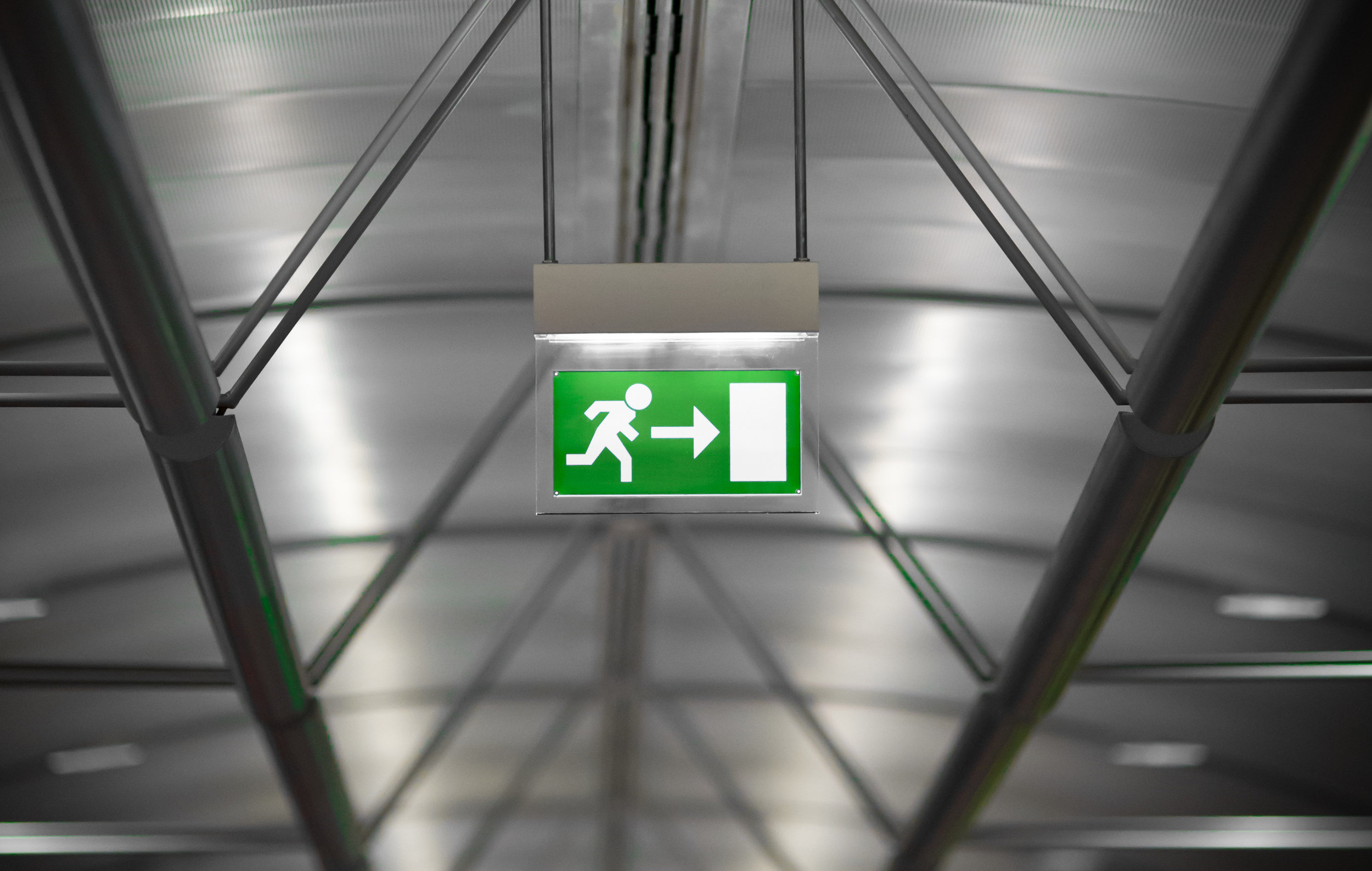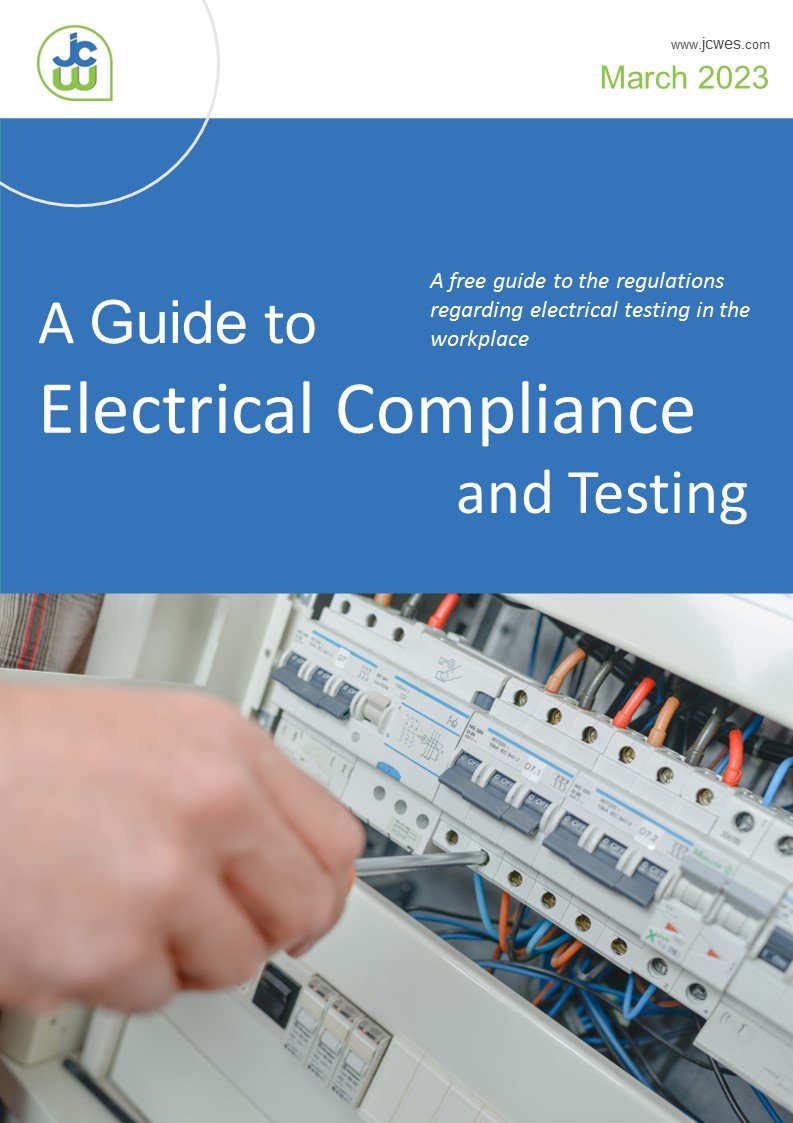Types of Emergency Lighting and Maintenance
/Emergency lighting is lighting for an unforeseen situation when the mains power supply is cut and normal illumination fails. This may lead to sudden darkness and a possible danger to staff and customers, either through physical danger or mental distress. The purpose of emergency lighting is to allow work continuity or in worst-case scenarios, safe evacuation of staff and/or public.
In this blog we look in more detail at the types and differences of emergency lighting…
Emergency Escape Lighting – provides the lighting for the evacuation or a safe shut-down
Standby Lighting – allows work activities to continue until mains are back
Non-Maintained
Non-maintained emergency lighting only come on when the electrical power supply fails, they are produced solely for emergency use. It is designed to make sure all emergency exit routes are lit, but will not be active as your normal day-to-day lighting system.
Maintained
Maintained emergency lighting are built to be illuminated continuously all the time, as well as through a power cut. While they run normally taking power from the mains supply, when the emergency mode is triggered, they take power from the back up battery.
LED Emergency Lights and Energy Saving Options
LED lighting is a highly energy efficient option for emergency or general lighting. However when it is running off of back-up power, it is important that the batteries last. LED lights can be used to reduce power consumption as well as to reduce the trickle charge for the topping-up of the back-up battery.
LED components also last significantly longer than ordinary fluorescent lighting tubes, this means that at a higher initial installation cost, the cost of maintenance is lower.
Planned Maintenance
Ensuring the lighting tubes inside of your emergency system are working is one thing but it is nothing without a working back-up battery. Your maintenance plan should include for the engineer to carry out periodic checks for both, this must be documented in a fire safety logbook. The back-up batteries should be capable to provide power for a minimum of 3 hours after the mains fail.
Monthly testing can be carried out by the “responsible” person on site or a hired contractor. This would involve the mains power supply to the general lights to be switched off. Usually there is a separate switch installed to allow testing of emergency systems without switching off all mains, often via a fish key switch. A walk around is carried out to ensure all emergency lights are visibly working. Results are recorded in the fire safety log book and immediate remedial requests will be made if any defects are found.
Annual tests are preformed by the “responsible” person on site or hired contractor via the same process as monthly tests, with the difference being that the emergency units are left illuminated for 3 hours. If any lights are not on for the full duration, the back-up battery calls for a replacement. These tests should preferably be carried out, out of hours to prevent a potential emergency situation after all emergency lights have been drained. Alternatively, every second light can be tested or some temporary battery powered lighting be provided.
As these tests drain the emergency lights so they are mostly done out of hours to prevent a potential emergency situation.
Contact Us
JCW provide full design, installation and maintenance services in-house for emergency lighting. If you are interested in finding out more about the legislation or to discuss more about a maintenance plan to suit your property type: retail or commercial, public facing or high security; JCW have your solution, call us on 03333 58 58 58 or fill out an enquiry form on our Contact us page.











